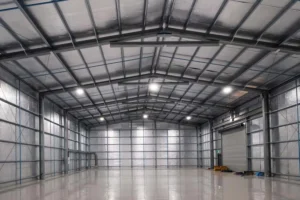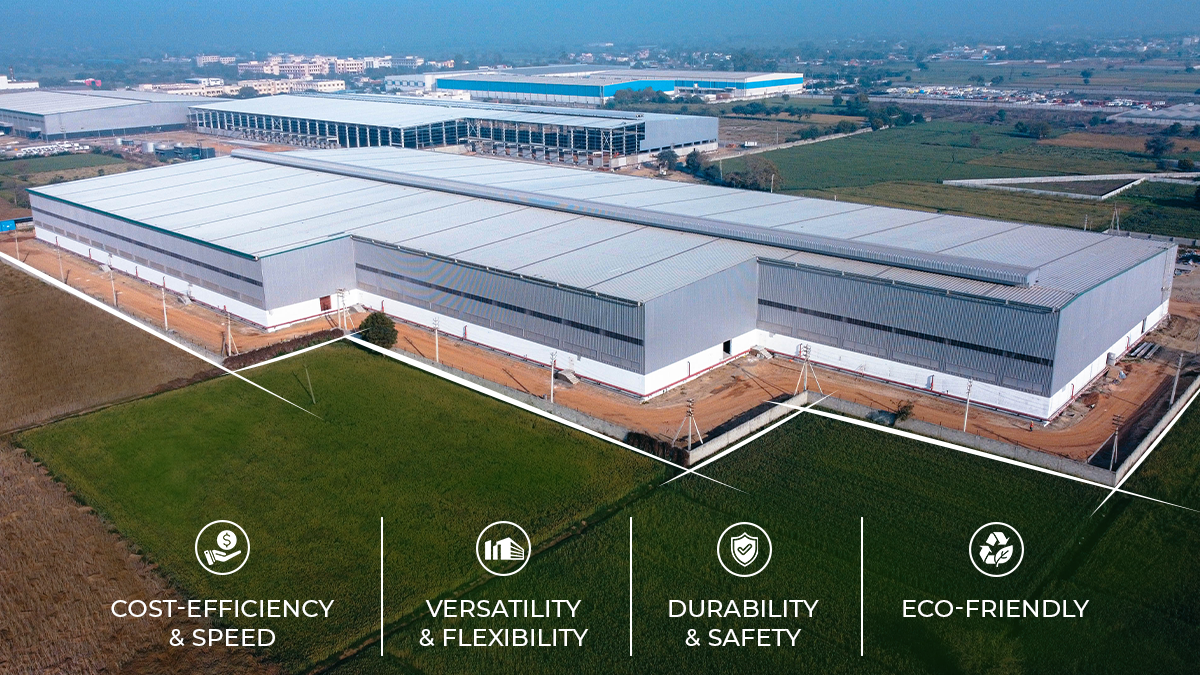
DARBs in Construction: How Dispute Avoidance and Resolution Boards Save Time, Money, and Relationships
[ad_1]
In the high-stakes construction world, time is money, and disputes are inevitable. But drawn-out conflicts don’t have to be. For those looking to minimize disruption, control costs and preserve relationships on complex projects, Dispute Avoidance and Resolution Boards (DARBs) offer a smarter path forward.
For seasoned owners, general contractors and their counsel, the question isn’t whether conflicts will arise; it’s how to manage them strategically when they do. While some may hesitate at the upfront cost of establishing a DARB, the returns speak for themselves: fewer claims, faster resolutions and projects that stay on track.
Why DARBs Are Worth the Investment
Let’s start with cost. According to the Dispute Resolution Board Foundation, a typical DARB costs between 0.05% and 0.25% of a project’s total value.[1] That’s $50,000 to $250,000 on a $100 million project. Compare that to the cost of formal disputes, which are often significantly more expensive when you factor in legal fees, management time and delays.
But the real value of DARBs isn’t just in resolving issues—it’s in preventing them. When regular, structured communication is part of the process, many disputes are resolved informally before they escalate into claims.
Dispute Avoidance Isn’t a Buzzword
DARBs do more than resolve disputes—they help avoid them altogether. These Boards create a rhythm of accountability and open dialogue by convening regularly with project stakeholders. Issues are surfaced early, addressed collaboratively and resolved informally or formally.
A 2024 global study by King’s College London’s Centre of Construction Law and Dispute Resolution analyzed 4,019 DARBs across six years. Led by Professor Renato Nazzini and Raquel Macedo Moreira, the survey found that when dispute avoidance measures were adopted, 45% of disputes were completely avoided, and 41% saw a significant reduction in scope. Only 14% of disputes remained unchanged.[2]
The study also reported high compliance with DARB recommendations and widespread institutional support for a potential international convention to strengthen enforceability—further validating DARBs as a trusted and effective model for conflict management.
Experienced teams know it’s not always the obvious risks that derail a project—it’s the unresolved ones that linger beneath the surface. DARBs help bring those issues into the open where they can be addressed constructively.
Real-Time Resolution That Keeps Work Moving
When a dispute does arise, DARBs are designed to respond quickly. Because the Board is already engaged and familiar with the project, they can convene promptly, often at the jobsite, and issue a recommendation within days or weeks, not months.
This speed matters. Construction schedules are finely tuned machines, and uncertainty can grind them to a halt. DARBs provide clarity that allows both parties to move forward with confidence. There are no courtroom formalities, and while legal counsel is often involved, the legal process does not dominate the dispute.
The goal isn’t to litigate. It’s to resolve. That difference in tone leads to greater buy-in and better outcomes.
Preserving Relationships and Reputations
Beyond financial savings, DARBs help preserve the human element of construction: trust. In an adversarial setting, communication breaks down and relationships fray. With a neutral, informed Board helping guide conversations, parties remain engaged in the shared goal of project completion.
Board members are typically seasoned professionals with deep industry experience. They speak the language of the job and command respect from both sides. Even when recommendations are non-binding, they carry real persuasive weight.
Preparing a dispute for review sometimes forces parties to clarify their thinking, reassess positions and find common ground, often before the Board has to weigh in.
Why Administered DARBs Are More Effective
Not all Dispute Boards are created equal. One of the most common pitfalls is with a non-administered Board, where the parties attempt to self-manage logistics. These efforts often falter under stress, especially when one party is perceived to be leading the process.
An administered DARB, such as one supported by the American Arbitration Association® (AAA®), adds essential structure. The AAA helps vet and select Board members, coordinates scheduling and logistics and keeps deadlines and procedures on track, even when tensions run high.
This support is especially valuable on large, complex or public infrastructure projects where delays can cascade into tens of millions of dollars in losses. A third-party administrator helps maintain the Board’s independence, consistency and effectiveness.
A Growing Standard in the U.S. and Abroad
Dispute Boards have been used for decades on projects around the world, including large-scale transportation, water and energy developments. In the U.S., DARBs are gaining traction as a risk management best practice—not just for public works, but also for sophisticated private sector projects.
Across industries and geographies, owners and contractors are turning to DARBs to reduce the risk of delay, control project costs and protect professional relationships.
Conclusion: Professionalism in Practice
DARBs aren’t overhead. They’re strategic insurance. They preserve budgets, schedules and relationships while instilling discipline and professionalism into complex construction environments.
When embedded early and administered well, DARBs send a clear signal: this project is being run with foresight and accountability. For a fraction of the cost of a potential claim, stakeholders gain predictability, protection and peace of mind.
In an industry where uncertainty is expensive and litigation is disruptive, DARBs offer something rare: a smarter standard.
By Rod Toben, Vice President, Construction Division, American Arbitration Association, and Jacqueline Vega Cintron, Vice President, Construction Division, American Arbitration Association

Jacqueline Vega Cintron
Vice President, Construction Division
American Arbitration Association
150 East 42nd Street, 17th Floor
New York, NY 1001
Tel: 646-240-4624
vegaj@adr.org
Jacqueline Vega Cintron is Vice President for the Construction Division for the Northeast region and has served with the American Arbitration Association (AAA) for six years. Jacqueline is currently responsible for the strategic expansion of AAA’s ADR services throughout the Mid-Atlantic and New England states. In addition to her regional oversight, Jacqueline holds national responsibilities focused on advancing the AAA’s construction caseload and deepening engagement with the broader industry. She is also an active contributor to the organization’s educational mission, frequently presenting on ADR trends and best practices to professionals across the construction and legal communities.
Prior to joining the AAA, Jacqueline worked in compliance after graduating from the Maurice A. Deane School of Law at Hofstra University in 2018.

Rod Toben
Vice President-Construction Division
American Arbitration Association
13727 Noel Road, Suite 1025
Dallas, TX 75240
972-774-6923
tobenr@adr.org
Rod Toben is a Construction Division Vice President located in Dallas, TX with responsibility for marketing and developing the Association’s Construction ADR Services for the Midwest and Southwest. He frequently consults with general counsel and advocates on the design and implementation of construction dispute resolution programs. In addition, he is responsible for the recruitment and development Association’s Roster of Arbitrators and Mediators.
Rod is also an AAA liaison to the National Construction Dispute Resolution Committee and works closely with industry professional groups. Rod is a frequent AAA representative at speaking engagements and educational activities.
[1] Peterson, Kimberly. “DB FAQs,” n.d. https://www.drb.org/db-faqs.
[2] Nazzini, Renato, and Raquel Macedo Moreira. “2024 Dispute Boards International Survey: A Study on the Worldwide Use of Dispute Boards Over the Past Six Years.” King’s College London. Centre of Construction Law & Dispute Resolution, King’s College London, December 2024. Accessed May 23, 2025. https://www.kcl.ac.uk/law/assets/kcl-dpsl-2024-dispute-boards-international-survey-report-digital-aw.pdf.
[ad_2]
Source link
Post a Comment
You must be logged in to post a comment.






